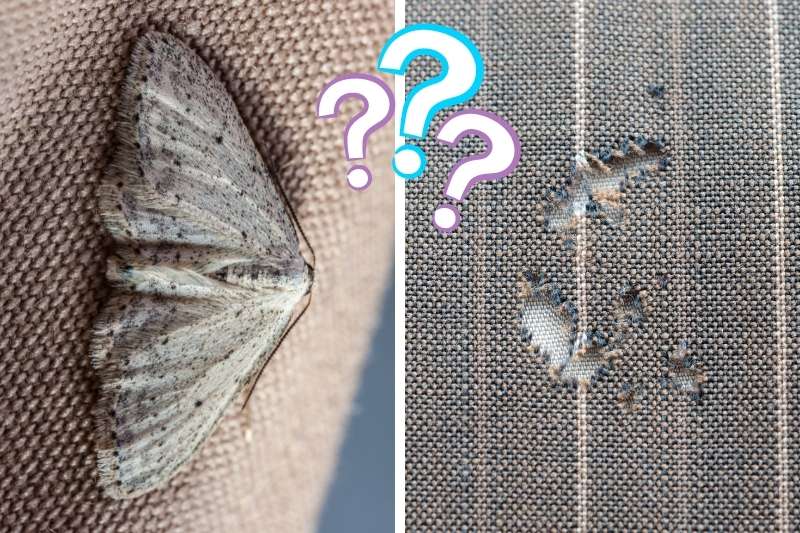It can be painful and even heart-breaking when you find holes in your favourite clothes, even after preserving them carefully. That is when you realize what such a small creature can do to ruin even the cleanest of homes.
Unfortunately, yes, moths do eat fibres that they find in clothing. While they usually target animal-based fibres such as wool, silk or fur, they have been known to target cotton fabrics too.
In this article, we will give you a complete guide on what you can do if you are currently facing a moth infestation and the methods to prevent it from recurring in the future.
Why Do Moths Eat Clothes?
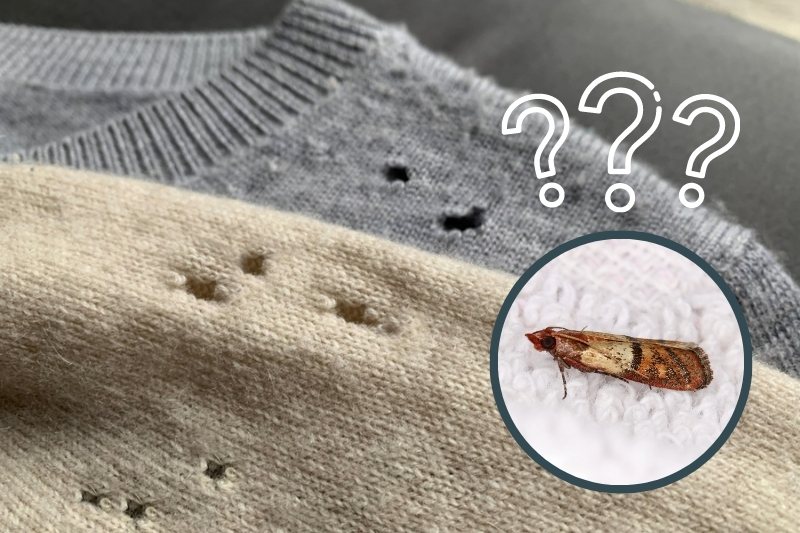
There are two types of moths that you can typically find in clothes, the case-bearing clothes moth (tinea pellionella) and webbing clothes moth (tineola bisselliell).
Both of these will ravage your clothes if they find it as a suitable and tasty meal. The moths themselves do not eat clothes, but their larvae do.
These insects need keratin, the protein found in animal-based fabrics, to grow. Once the adults have mated, the female goes in search of a suitable place to produce eggs.
After she locates your cosy fabrics, she deposits a large quantity of the fertilised eggs ranging anywhere from 40-50 over a period of weeks, with the final count adding up to over 200.
Do Moths Eat Cotton Clothes?
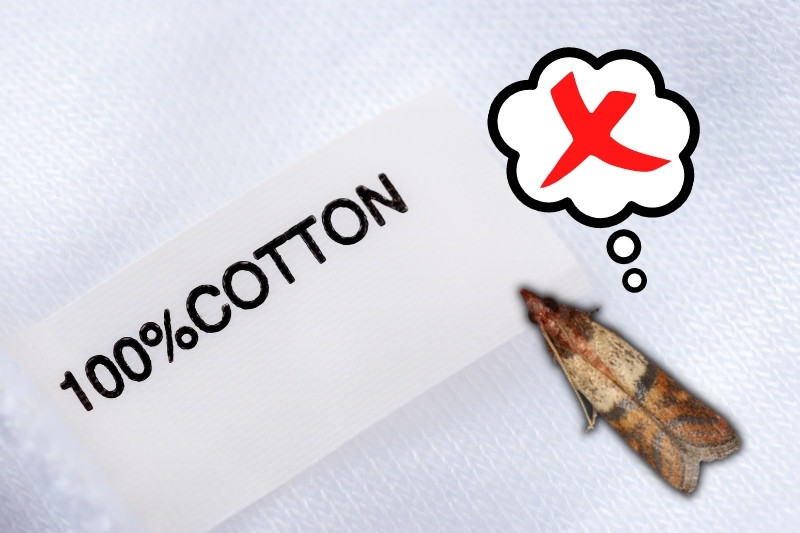
Moths usually don’t eat 100% cotton clothes, but they do eat clothes made from cotton blends, and can be attracted to food and stains on pure cotton clothes.
It’s important to note that 100% cotton clothes are not suitable for their growth. They do not contain natural fibre that is commonly found in other materials like wool or silk due to the absence of keratin.
However, some cotton clothes are blended with these animal fibres, making them an attractive option for the mother moth.
She attaches the eggs to the cloth with an adhesive, and since the eggs are incredibly tiny, it becomes impossible to locate them with our naked eye. Moths may also be attracted to 100% cotton clothing if they have remnants of sweat or food stains.
Since your clothes are stored in warm spaces, it offers the ideal condition for the eggs to hatch, and it usually takes about four to ten days for the completion of the first cycle. In colder environments, it takes a little longer or sometimes fails to hatch.
The larvae come into existence during the next stage and start to destroy your clothes. Depending on the type, they either spin a web or design a case around themselves intertwined with your clothes. Webbing moths have webs that resemble a tunnel, while the latter has a hardened shell around their body.
Once they have eaten to their satisfaction, the larvae leave the spot to evolve to the next stage. The damage is done to your clothes and promotes further moth infestation.
How to Stop Moths Breeding in Your Home
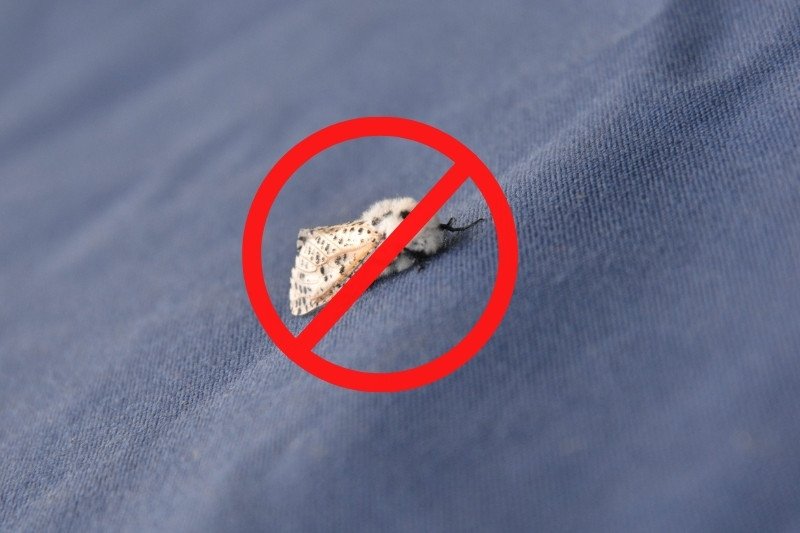
It is very challenging to spot a moth infestation in the early stages. The webbing moth usually spins a web the same colour as your cloth, and the case-bearing moths enclose themselves and are hard to notice.
You might also see adult moths near the feeding area but can confuse it with the typical household moth. Most often, you would be able to notice that you have encountered a moth infestation only when you see the rips and holes in your clothing.
Besides your clothing materials, you can expect to find moths under heavy furniture where cleaning is not done often. Such undisturbed and cool places make it easier for these creatures to lay their eggs. You can also find them breeding around in guestrooms or spare bedrooms that are not frequently used.
Wardrobes, where you store your heavier winter clothing, provide the perfect temperature for their growth. For items like your unused clothing, family possessions, and other antique objects, it is advisable to use moth-proof storage bags that keep your belongings safe in the long run.
How to Get Rid of Moths and Prevent Them in the Future
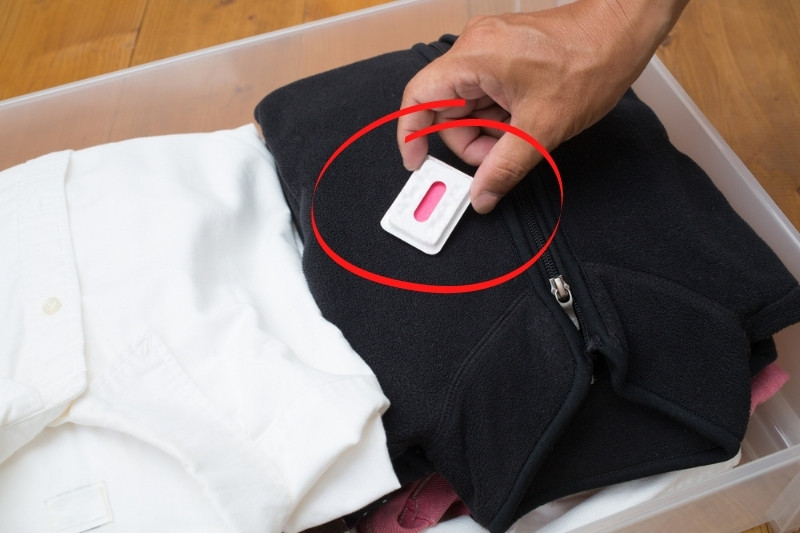
One method to effectively remove the larvae off the surface of your clothes is to brush them in the presence of sunlight. Brushing the clothes scraps them out of the fabric of the cloth, and the exposure to sunlight will hasten their escape. You can also air out by placing them in direct sunlight on a clothesline.
Wash your clothes along with other household items that you suspect of an infestation at the highest recommended temperature for around half an hour.
This activity should kill all types of moths besides cleaning your belongings. By putting in the laundry, the clothes are also cleansed and discourage attracting future attacks by moths and other pests.
Excessive cold also kills these insects. You can place your clothing in an airtight freezer at -7 °C (18 °F) and leave it untouched for a few days. Natural oils like lavender and cedar are also known to repel moths.
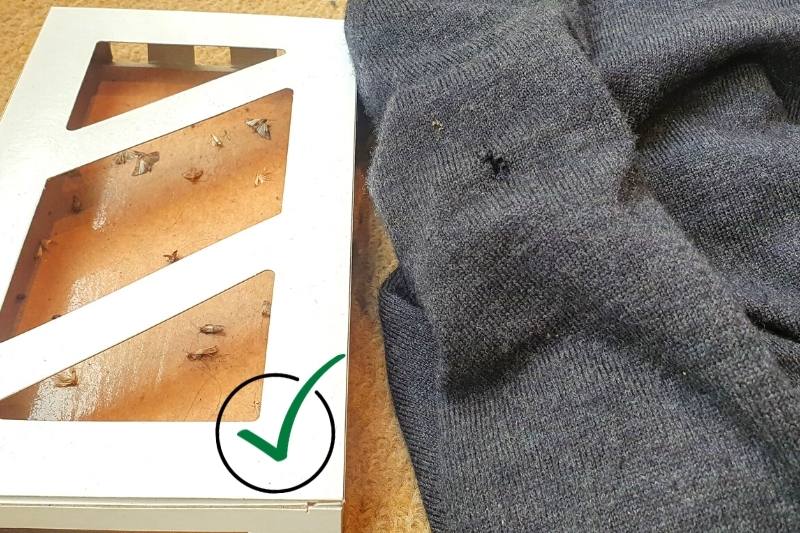
There are tonnes of moth traps, repellent kits, and killer sprays that lure adult moths and prevent the spreading of eggs in your clothing. After the steps above, vacuum carpets in all areas, including underneath sofas, beds, and other isolated spots in the house.
When it comes to moths, prevention is always better than the painstaking process that you will have to go through once they find your clothes comfortable.
Read our guide on how to get rid of carpet moths naturally for some more tips.
Conclusion
Thankfully, moths are not attracted to 100% pure cotton clothes. If you find holes in cotton clothing it’s either another issue such as a problem with your washing machine or because they are feeding on organic material in the clothes such as sweat or food stains.
If you have cotton clothes blended with a natural material then hopefully the steps above allow you to quickly identify and solve the issue. Good cleaning routines and protecting your clothing are great ways to prevent moths from ruining your clothes.

I’m a mother of three who loves going on fun adventures with my family. With three little ones, I’ve learned the hard way how to keep a busy home clean! I want to share my tips and tricks to make your life as easy as possible.
